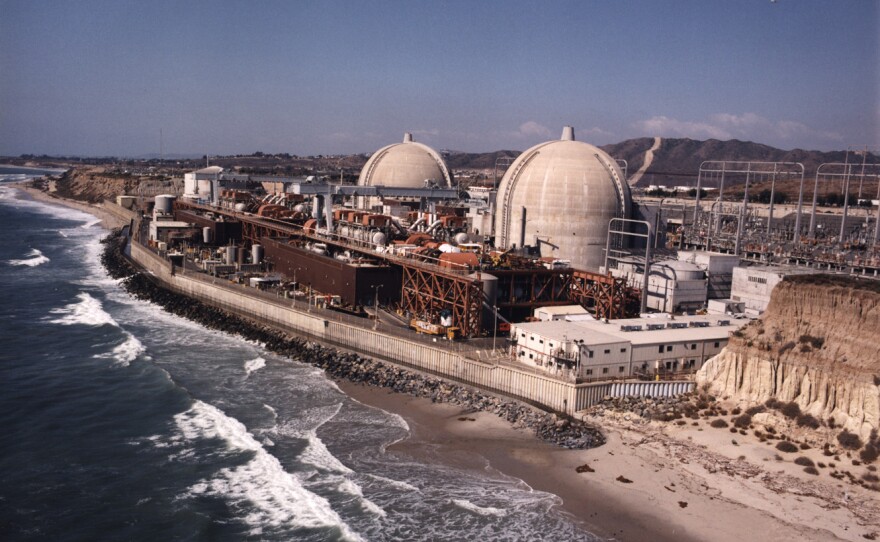California water regulators have ordered coastal power plants to begin phasing out a cooling process that is blamed for killing billions of aquatic organisms every year.
After a nine-hour public hearing Tuesday, the five members of the state's Water Resources Control Board voted unanimously to adopt regulations for 19 power plants that draw in billions of gallons of ocean and estuary water each daily for cooling.
The board said the "once-through cooling" process inadvertently traps marine life and returns warm water to the ocean, which harms sensitive coastal habitats.
The plants contribute just 7 percent of the energy generated annually in California but serve a critical backup role during periods of peak demand.
The new regulations would allow aging plants to develop replacement infrastructure before shutting down their current cooling systems, to avoid a potential energy shortage.
Joe Geever with the Surfrider Foundation said the policy will affect the South Bay Power Plant in Chula Vista and the Encina Power Station in Carlsbad, but not for long.
"The South Bay Power Plant is to be decommissioned by the end of 2011," Geever told KPBS News. "The Encina Power Station operators have applied to state regulators to replace three of the generators with new generators that don't use once-through-cooling."
Geever said the remaining two units that use once-through-cooling at the Encina Power Station are expected to be out of service by 2017.
The majority of power plants will have until at least 2015 to comply with the regulations.
But plant operators said the proposed rules will place a significant financial burden on their companies and include unrealistic timelines.
Plants in the Los Angeles area will have until 2020 because of that region's "more complex and challenging" power needs, according to the policy.
Instead of a complete cooling system overhaul, plant operators favor greater flexibility to outfit their existing equipment with environmentally-friendly features.
Michael Hertel, director of corporate environmental policy for Southern California Edison, said his company has already put $400 million toward protecting marine life around its San Onofre Nuclear Generating Facility in San Diego County.
Hertel said there simply is no room on the San Onofre site to install a cooling tower, which is the mechanism preferred by environmental advocates.
Tuesday's decision concludes a five-year effort by the state board to take some of the regulatory burden off regional water boards and bring California in line with the federal Clean Water Act.
That policy requires power plants to use the "best technology possible" in the interest of protecting marine life.
But environmental groups said the latest draft policy doesn't go far enough and offers too many loopholes for plants to avoid changing their operations.
The new regulations now head to the state's Office of Administrative Law, which reviews administrative regulations proposed by state agencies.
The Associated Press contributed to this report.






